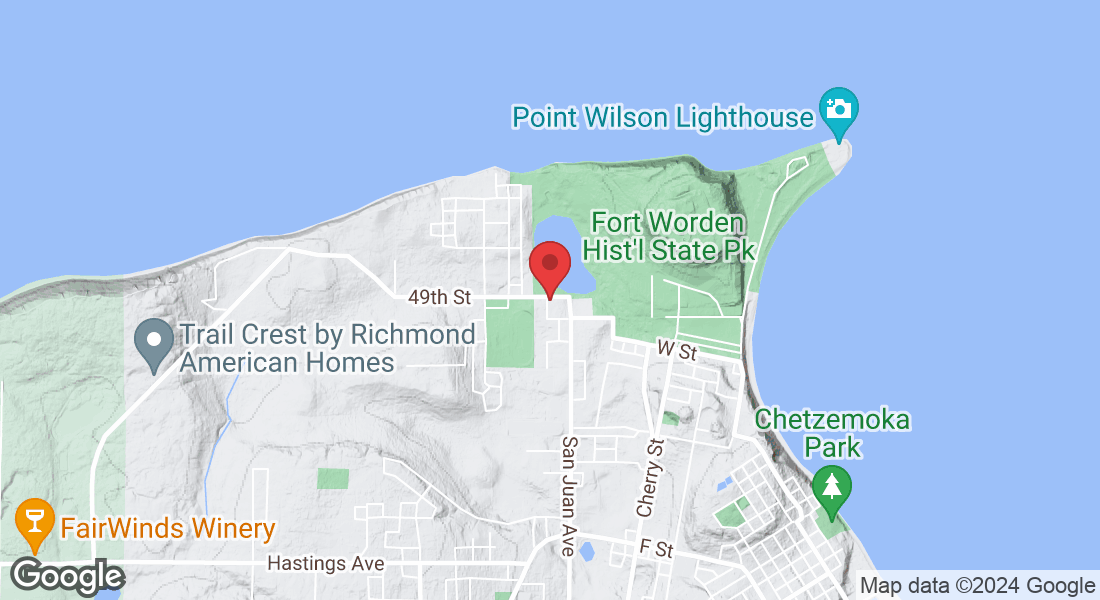WELCOME!
To those who have found this page!
This site is dedicated to The Wandering Bear Wellness Blog and Newsletter. It may, at some point, have a rhyme or reason, but for now, it is a place for questioning one's beliefs, a place for deeper connection—to self, the land around you, and others. It is not here to make you feel good about yourself or judge. It is merely a place to open up a conversation about the world we live in, with the intention of breaking free, or at least beginning to break free, from that which no longer serves our best interest.
May you find your story in my writing. May you begin to question your beliefs, and may you find joy in the mystery of life.

Candida
Understanding Candida: Causes, Symptoms, and Steps to Restore Balance
Candida is a type of yeast that naturally resides in the human body, playing a role in maintaining a balanced microbiome. However, when Candida overgrows, it can lead to a condition called candidiasis, which can affect various parts of the body, including the gut, skin, mouth, and genitals. This post will explore what Candida is, why overgrowth occurs, common symptoms, and how to restore balance for optimal health.
What is Candida?
Candida is a genus of yeast, and the most common species associated with human infections is Candida albicans. While it is a normal part of the body’s flora, it can become opportunistic under certain conditions, leading to overgrowth and various health issues. Candida thrives in warm, moist environments and can disrupt the body’s delicate microbial balance when left unchecked.
Common Causes of Candida Overgrowth
Candida overgrowth often results from a combination of factors that disrupt the microbiome or compromise the immune system. Some common triggers include:
High-Sugar and Processed Food Diets
Yeast feeds on sugar, and a diet high in refined carbohydrates and sugar can fuel Candida overgrowth.
Antibiotic Use
Antibiotics can disrupt the balance of good bacteria in the gut, allowing Candida to proliferate unchecked.
Chronic Stress
Stress can weaken the immune system, creating an environment where Candida can thrive.
Hormonal Imbalances
Hormonal changes during pregnancy, menstruation, or from birth control pills can alter the body’s pH, making it more susceptible to Candida.
Weakened Immune System
Conditions like HIV, cancer, or autoimmune diseases can make the body less capable of keeping Candida in check.
Imbalanced Gut Microbiome
A lack of diverse, healthy gut bacteria increases the likelihood of Candida overgrowth.
Symptoms of Candida Overgrowth
The symptoms of Candida overgrowth can vary depending on the area affected. Here are some common signs:
Digestive Issues
Bloating, gas, diarrhea, constipation, or abdominal discomfort
Skin and Nail Fungal Infections
Athlete’s foot, ringworm, or fungal nail infections
Oral Thrush
White patches on the tongue, inside the cheeks, or throat
Vaginal Infections
Itching, discharge, and discomfort
Chronic Fatigue and Brain Fog
Food Cravings
Particularly for sugar and refined carbohydrates
Weakened Immunity
Frequent colds or infections
If these symptoms persist, it’s essential to consult with a healthcare provider for an accurate diagnosis and treatment plan.
Testing for Candida Overgrowth
Healthcare providers can use various methods to diagnose Candida overgrowth:
Stool Tests
Detects Candida levels in the gut.
Blood Tests
Looks for antibodies or toxins related to Candida.
Urine Tests
Measures byproducts of yeast metabolism.
Swab Tests
Used for oral or vaginal candidiasis to identify the yeast strain.
Steps to Restore Balance
Restoring balance requires a multifaceted approach that includes diet, lifestyle changes, and targeted treatments. Here’s how to address Candida overgrowth effectively:
Adopt an Anti-Candida Diet
Focus on whole, unprocessed foods and eliminate sugar, refined carbs, and alcohol, which feed yeast. Incorporate:
Non-starchy vegetables (e.g., leafy greens, broccoli, zucchini)
Healthy fats (e.g., avocado, olive oil, coconut oil)
Lean proteins (e.g., chicken, fish, eggs)
Low-glycemic fruits (e.g., berries, green apples)
Incorporate Antifungal Foods and Supplements
Natural antifungals like garlic, oregano oil, caprylic acid, and berberine can help combat Candida.
Coconut oil contains lauric acid and caprylic acid, which have antifungal properties.
Support Gut Health
Probiotics replenish beneficial bacteria and help restore microbial balance.
Prebiotic-rich foods like asparagus, garlic, and onions feed good bacteria.
Strengthen the Immune System
Prioritize sleep, stress management, and moderate exercise to boost immunity.
Consider Antifungal Medications
For severe cases, healthcare providers may prescribe antifungal medications like fluconazole or nystatin.
Address Underlying Causes
Work with a healthcare professional to address conditions that contribute to Candida overgrowth, such as hormonal imbalances or chronic stress.
Preventing Candida Overgrowth
Once balance is restored, prevention is key. Here are some tips:
Maintain a Balanced Diet: Focus on whole foods and limit sugar intake.
Use Antibiotics Judiciously: Only take antibiotics when necessary and supplement with probiotics during and after treatment.
Support a Healthy Microbiome: Regularly consume fermented foods like yogurt, kefir, sauerkraut, and kimchi.
Manage Stress: Practice mindfulness, yoga, or meditation to reduce chronic stress.
Promote Healthy Digestion: Chew food thoroughly and drink plenty of water to support digestion and detoxification.
Final Thoughts
Candida overgrowth can cause significant discomfort and disrupt your overall health, but with the right approach, it’s possible to restore balance. By addressing the root causes, making dietary and lifestyle changes, and supporting your body’s natural healing processes, you can overcome candidiasis and maintain a healthy, thriving microbiome.
If you suspect you have Candida overgrowth, consult a healthcare professional for proper testing and guidance. Healing takes time, but with consistent effort, a healthier, more balanced you is entirely within reach.
About Us

My name is Nicholas Wasierski. I have dedicated my life to the practice of empowering humans to live an embodied life. I currently hold a license to practice Structural Integration which I gained through The Guild for Structural Integration from the original teachings of Dr. Ida P. Rolf. I am a certified Holistic Health Lifestyle and Integrative Movement Coach through the Chek Institute and I guide wilderness-based rites of passage to assist people with life transition.
I was born in Western Alaska during a winter storm on the Kuskokwim River steeped in the wisdom of knowing where my food comes from - catching salmon, gathering berries in the summer, and hunting Caribou and Moose in the fall and winter.
For many years I lived as a wanderer, finding work as a carpenter, welder, and mechanic throughout the West until I stumbled upon The Wilderness Awareness School which grounded me and reminded me of the old ways of living. Remembering that my purpose for being on this planet was to bring ceremony back to his lineage.
I found a home in Port Townsend Washington where I am currently reside, and work as a Structural Integrator (Rolfer), Holistic Health Coach, and a Rites of Passage guide running Wandering Bear Wellness.
In my spare time, you can find me singing rain down from the sky, meditating, studying, fishing, and midnight flower picking.



